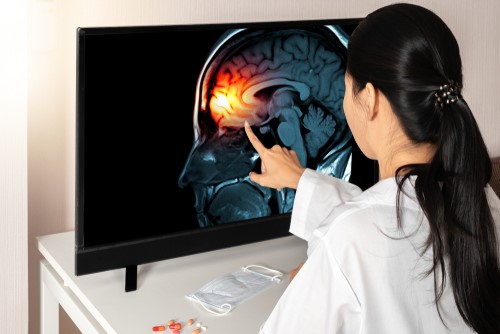A study published in The Patient provided insight into patient perspectives and experiences with respect to self-injectable devices for migraine.
“Although several self-injectable preventive treatments for migraine have become available, they are not yet widely used,” the researchers wrote. “Thus, understanding patients’ perceptions towards them is limited.”
This qualitative study consisted of nine in-person focus group interviews conducted in the United States, the United Kingdom, and Germany (three per country). The total population comprised 47 adults with episodic or chronic migraine who were using or had used a prescription preventive treatment for migraine within the previous five years.
Participants were asked to describe their experiences of migraine and preventive treatments and handled and simulated self-injection using five different unbranded, fired demonstration auto-injectors and prefilled syringes.
The results showed that reducing the frequency and severity of migraine attacks was consistently ranked as the most important aspect of preventive treatment. Also, when presented with devices for self-injecting a preventive treatment for migraine, most participants preferred auto-injectors over prefilled syringes. The investigators further noted that participants especially valued safety features such as the unlocking step and automated needle insertion, and audible and visual dose confirmation increased confidence in auto-injector use.
“This study highlights the fact that many people with migraine still lack access to a preventive treatment that is effective and tolerable,” the researchers wrote in conclusion. “Insights gained from this study were used to help develop a preliminary set of attributes and levels for a preference-elicitation instrument.”
Source: The Patient
Keywords: migraine, self-injectable, preference-elicitation instrument









